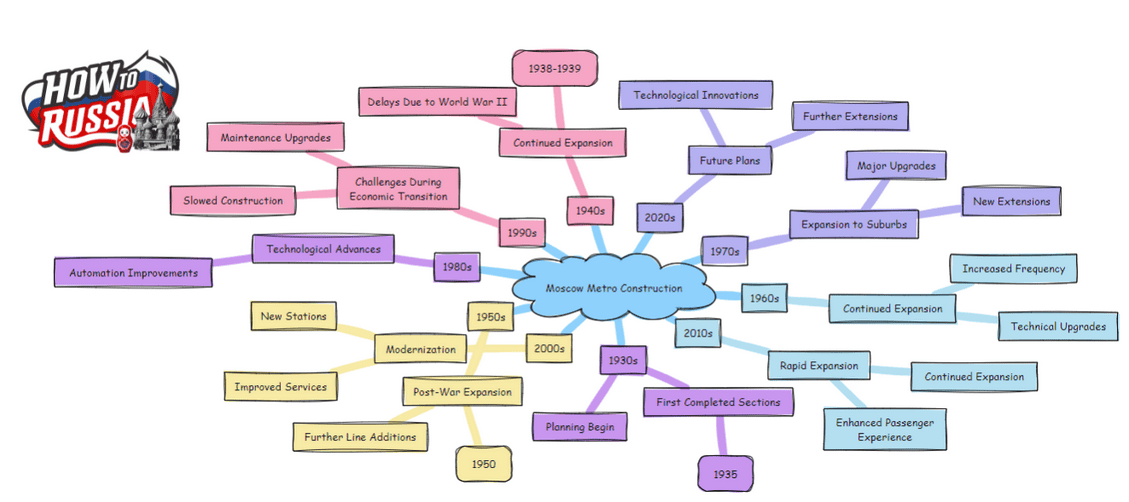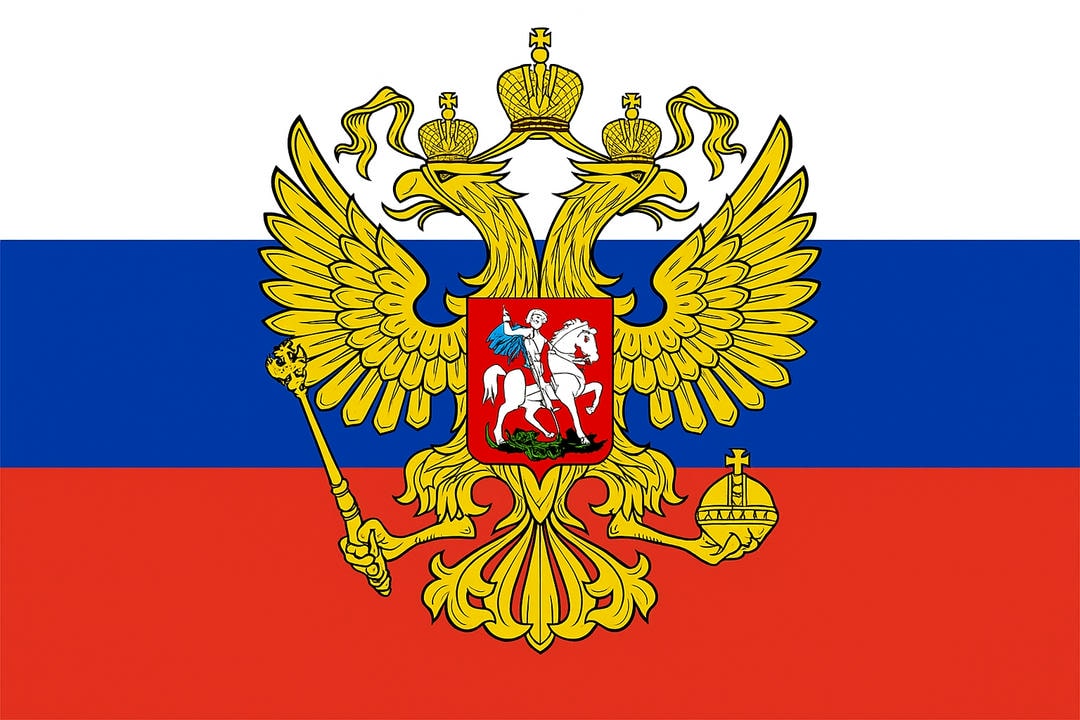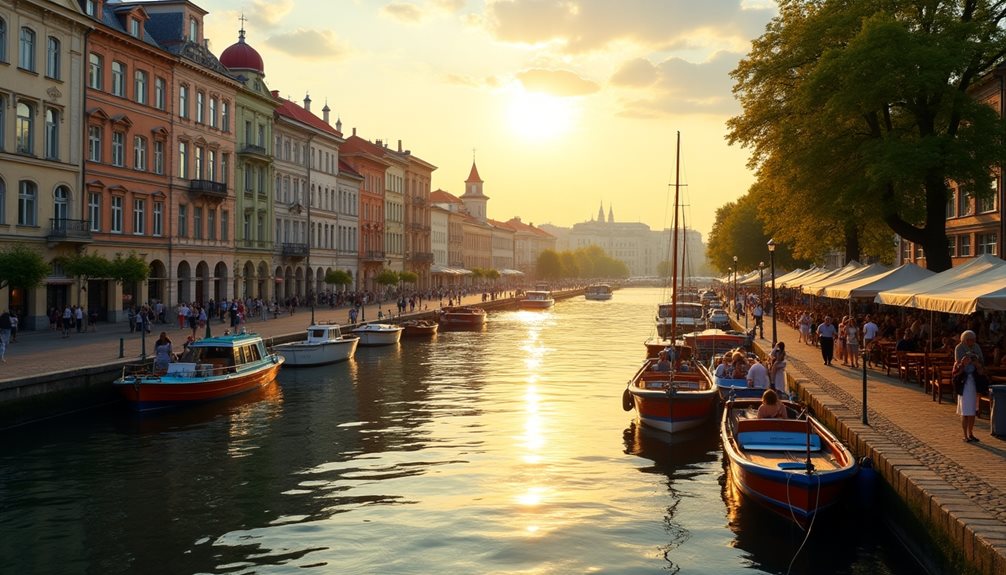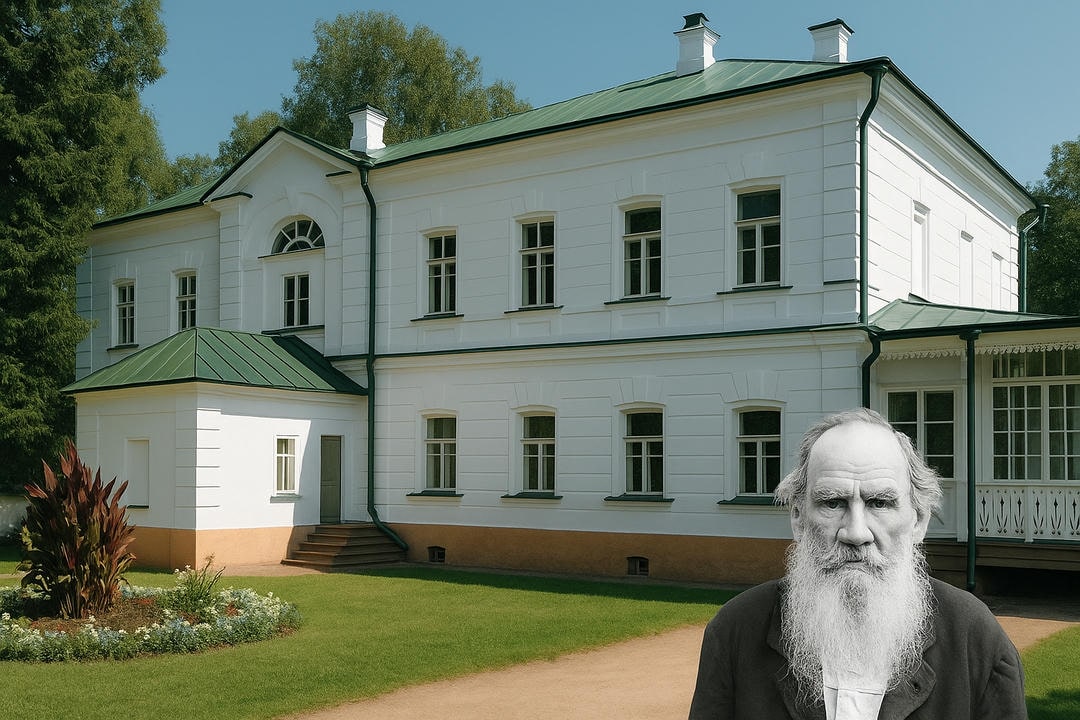The history of the Moscow Metro, an emblem of Soviet ambition and engineering, began in the 1930s with its first line opening in 1935. This subterranean marvel not only facilitated urban mobility but also represented the grandeur of Soviet architectural prowess. As World War II unfolded, the Metro’s role evolved beyond transportation, providing sanctuary to civilians amidst the turmoil. Subsequent decades saw post-war expansions and Cold War-era fortifications, reflecting the nation’s resilience. Today, the focus shifts towards modernization, balancing historical heritage with contemporary needs. What transformative episodes and strategic decisions shaped this iconic system into its current form?
Beginning in the 1930s

The Moscow Metro, frequently regarded as one of the most impressive underground transit systems in the world, had its beginnings in the 1930s during a period of intense industrialization in the Soviet Union. This era was marked by ambitious infrastructural projects aimed at modernizing the nation’s capital.
The initial discussions and planning for an underground railway system date back to the early 20th century, but it was not until 1931 that the Soviet government formally approved the construction of the metro.
Watch our conversational on the History Of Moscow’s Metro
The first line, which ran from Sokolniki to Park Kultury, was inaugurated on May 15, 1935. This initial segment spanned 11 kilometers and included 13 stations, showcasing a blend of utilitarian design and elaborate Soviet aesthetics.
The construction was a monumental task, involving tens of thousands of workers who often labored under challenging conditions. Despite these difficulties, the project was completed in record time, reflecting the era’s emphasis on rapid industrial advancement.
The early metro stations were designed to serve not only as transit hubs but also as “palaces for the people,” featuring grandiose architectural elements such as marble columns, intricate mosaics, and ornate chandeliers, symbolizing the Soviet Union’s aspirations and ideological grandeur.
Expansion During World War II
Despite the challenges posed by the initial construction phase, the Moscow Metro’s development did not pause even during the tumultuous years of World War II. The Soviet Union’s determination to continue expanding the metro system reflected both a strategic necessity and a symbolic gesture of resilience.
The construction of the metro during this period served dual purposes: providing a robust transportation network and acting as a secure bomb shelter for civilians during air raids.
Despite the scarcity of resources and labor, the authorities managed to extend the metro lines through innovative techniques and the relentless efforts of workers, many of whom were women, as men were conscripted into the military.
The stations built during this era, such as Partizanskaya and Kurskaya, were designed with deep underground tunnels, making them ideal for protection against bombings.
Additionally, the architectural style of these stations did not compromise on grandeur, incorporating elements of Soviet design and propaganda to boost morale.
The construction during World War II epitomizes the Russian spirit of perseverance and ingenuity. The metro served as a critical lifeline for Moscow, ensuring the city’s functionality and providing a sanctuary amidst the chaos of war.
Post-War Developments
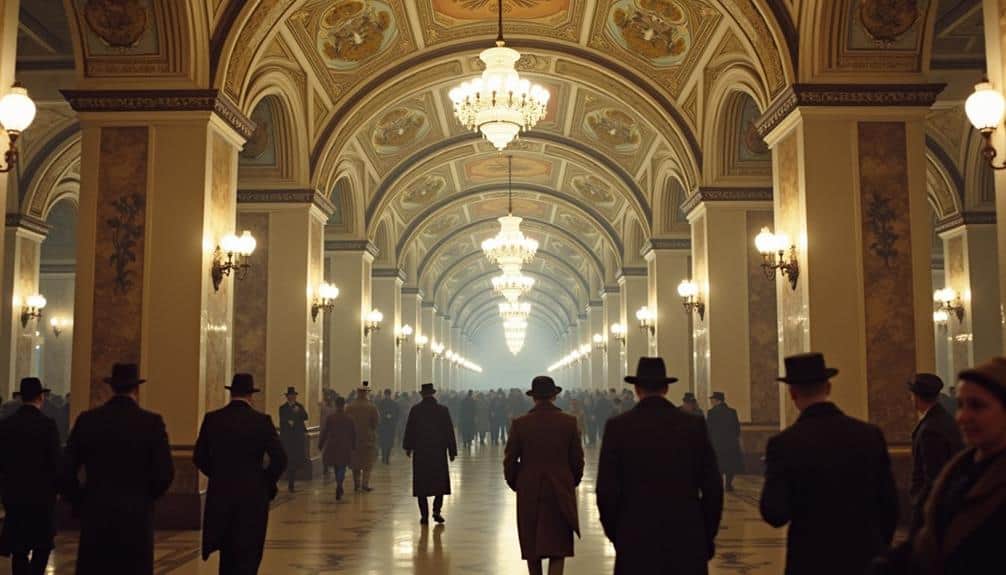
How did the Moscow Metro evolve in the aftermath of World War II? Following the cessation of hostilities in 1945, the Moscow Metro underwent significant advancements, reflecting both the city’s rapid growth and the Soviet Union’s commitment to showcasing its achievements.
The immediate post-war period saw a renewed focus on expanding the network to meet the demands of a burgeoning population. This expansion was characterized by the completion of several essential lines and stations that had been delayed due to wartime constraints.
A remarkable aspect of post-war development was the architectural grandeur infused into new stations. The Soviet government aimed for these stations to symbolize the nation’s resilience and progressive future. Known as “palaces for the people,” stations like Komsomolskaya and Novoslobodskaya were adorned with luxurious materials, intricate mosaics, and grand chandeliers, blending functionality with artistry.
Additionally, the post-war era witnessed technological advancements in the metro system. Efforts were made to improve train efficiency and passenger capacity. Electrification and automation processes were enhanced, resulting in a more reliable and efficient service.
Consequently, the Moscow Metro not only served as a crucial transportation network but also emerged as a monumental symbol of Soviet ingenuity and post-war recovery.
Cold War Era Changes
As the post-war developments set a high standard for the Moscow Metro’s architectural and technological prowess, the Cold War era introduced new dynamics and challenges that further shaped its evolution. The heightened geopolitical tensions necessitated the dual use of Metro stations, transforming them into potential nuclear shelters. This led to the construction of deeper stations with reinforced structures capable of withstanding blasts, thereby altering design priorities from aesthetic grandeur to functional resilience.
During this period, the Metro also became a symbol of Soviet technological and ideological superiority. Innovations in automation and the introduction of advanced signaling systems were pursued vigorously to demonstrate the USSR’s progress.
The Cold War era saw the extension of the Metro network into the city’s outskirts, reflecting a broader strategy to enhance urban mobility and incorporate peripheral regions into the metropolitan fold.
Additionally, thematic station designs often featured propagandistic elements, celebrating Soviet achievements and reinforcing state narratives. The extensive use of Soviet iconography and monumental art in the Metro stations served both a decorative and ideological purpose, aiming to instill a sense of national pride and unity among commuters.
These developments collectively underscored the Metro’s role as both a practical transportation system and a strategic asset during a time of global tension.
Modernization and Future Plans
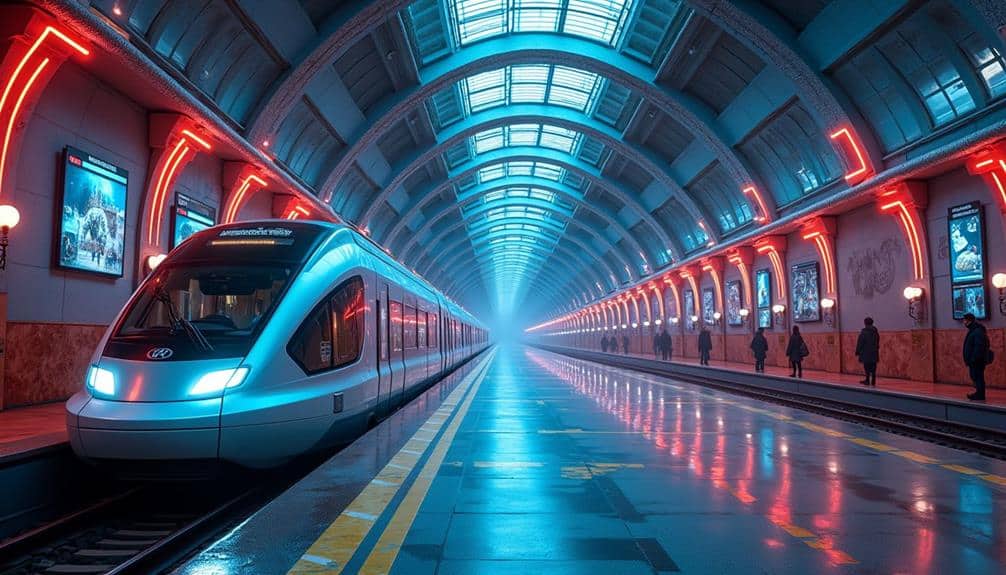
Embracing the challenges of a rapidly evolving urban landscape, the Moscow Metro has initiated an ambitious modernization program aimed at enhancing efficiency, accessibility, and sustainability. Central to this initiative is the introduction of advanced technologies such as automated train control systems, which are designed to increase frequency and reduce delays.
The metro is also integrating contactless payment options and updating its infrastructure to support seamless connectivity with other forms of transportation.
In an effort to improve accessibility, the Moscow Metro is upgrading its stations with barrier-free designs, including elevators and tactile guidance paths for the visually impaired. Additionally, the expansion of the metro network continues, with new lines and extensions planned to connect underserved areas, thereby reducing congestion and improving commuter experience.
Sustainability remains a key focus, as the Moscow Metro aims to reduce its environmental footprint by adopting energy-efficient technologies and practices. This includes the implementation of regenerative braking systems in trains and the use of eco-friendly materials in station construction.
Future plans also involve the integration of renewable energy sources to power metro operations.
Through these thorough modernization efforts, the Moscow Metro is poised to meet the growing demands of its populace while setting a benchmark for urban transit systems globally.

